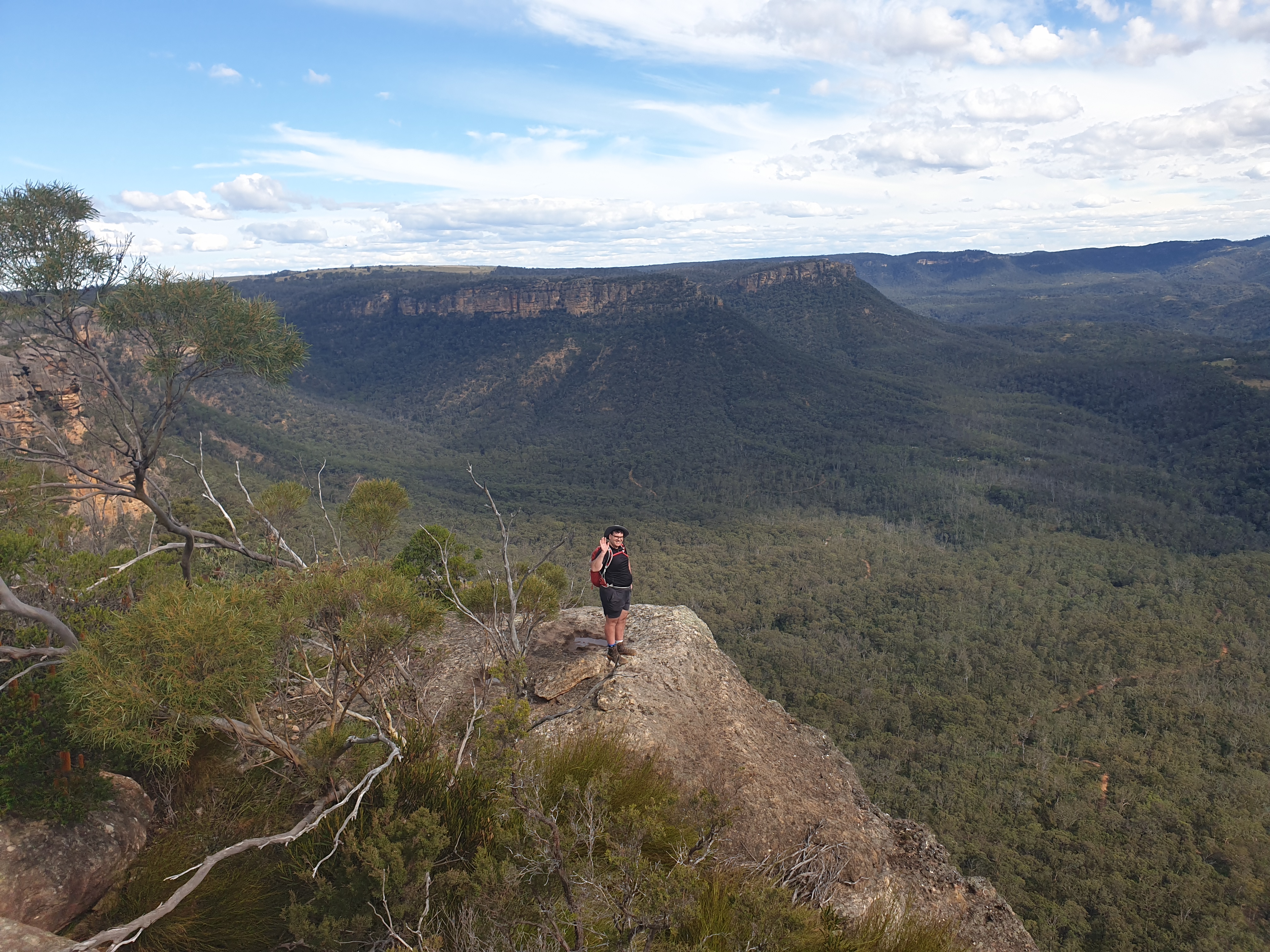
Wanganderry
BTRFS is new and with plenty of features, however, the default setup doesn’t always play nice with legacy systems. This guide gives you the best of both worlds
I setup an OpenMediaVault server to store my files. BTRFS seemed like an interesting filesystem with many of the features to ensure data integrity built in. I setup the drives in a raid 1 array, started a sync and then waited days for it to complete. After this I noticed the drives did not show up in all the expected places. I could access them and write data to them, however, OMV gui did not detect them all the time. This lead me to hearing about a lack of support from some software for hard drives that did not use a GUID table.
BTRFS doesn’t require a GUID partition table, however, it can operate with one just fine. Seems like the perfect middle ground, type two extra commands to setup and ensure compatibility with the software I currently use and all the potential software I may in the future.
This guide is quick. The days I had to wait in between partitioning my drives and resyncing the raid array wasn’t. Don’t be like me, do this from the start.
You can find the BTRFS wiki here
Start parted on the hard drive you wish to create the partition table on
sudo parted /dev/sdb
You can confirm you have selected the correct drive by viewing the drive information
(parted) print
Create a new GUID Partition Table
(parted) mklabel gpt
Create a partition using BTRFS starting at the 4th MiB and using the remaining space on the disk
(parted) mkpart part-name btrfs 4MiB 100%